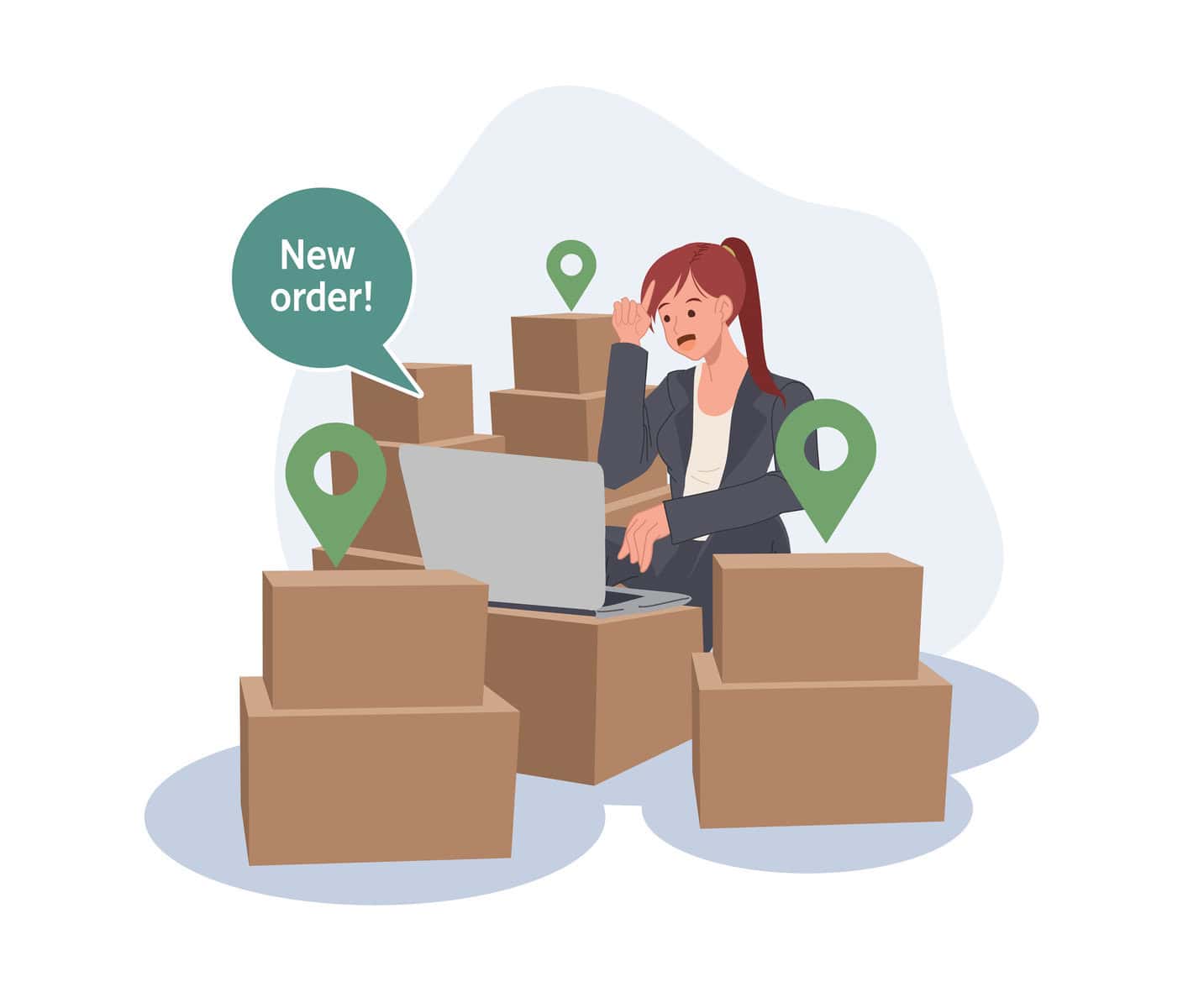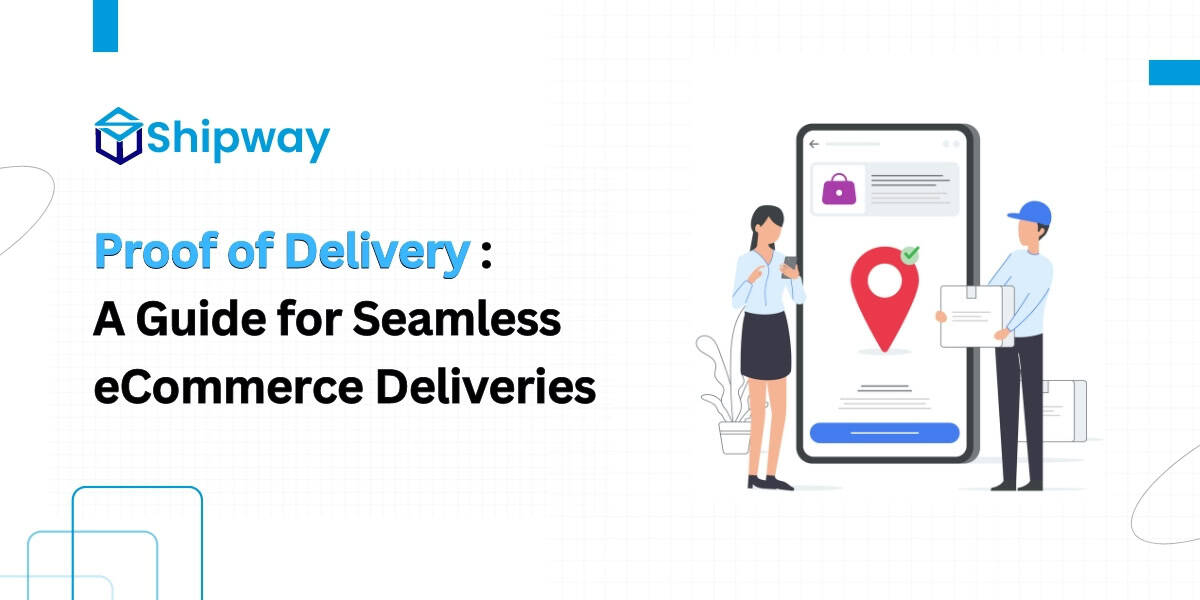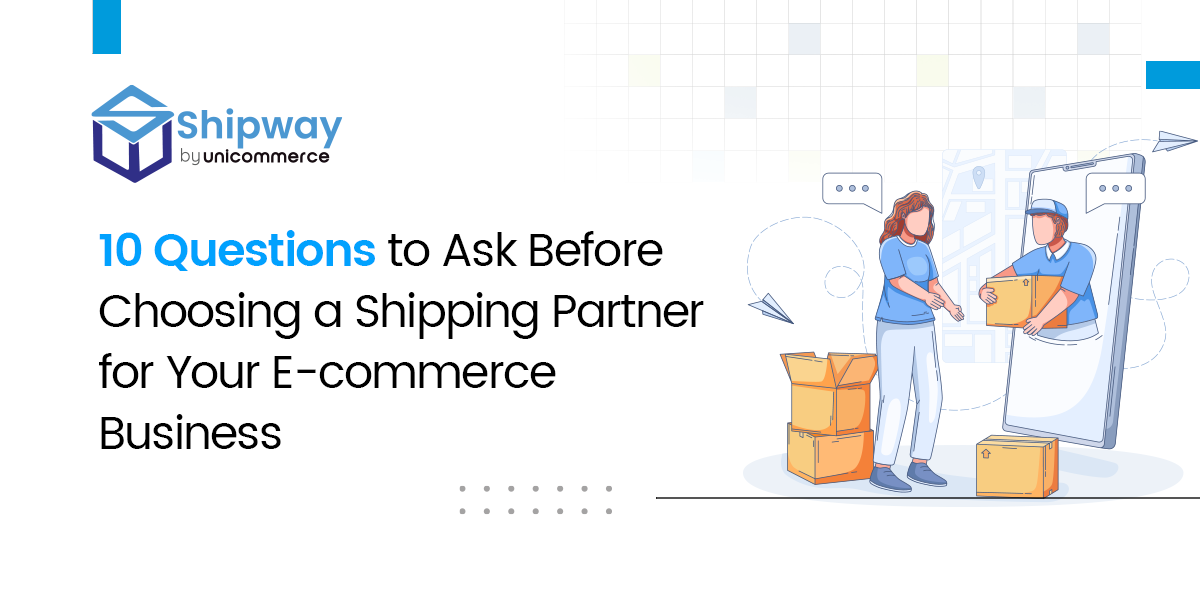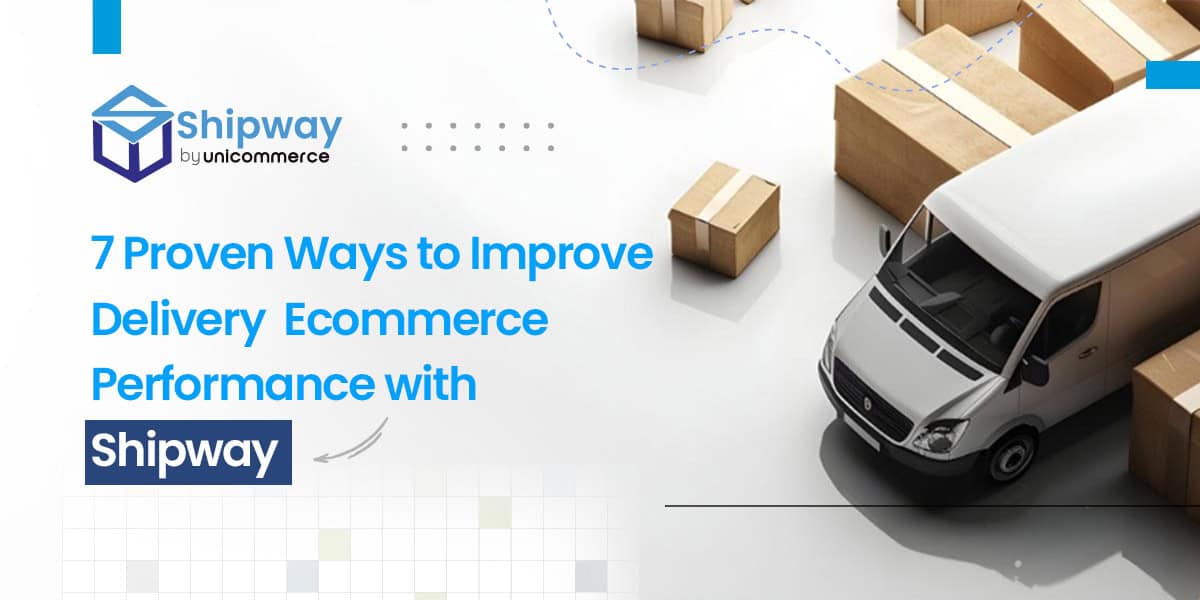What is Proof of Delivery?
Proof of Delivery is also termed POD. Basically, it is a document used in the eCommerce industry that validates final delivery and confirms that the product has been received in good condition. It typically includes the customer’s signature, either on digital equipment or a delivery record sheet.
The Use of Proof of Delivery
Proof of Delivery serves multiple purposes in logistics:
Verification:
It helps logistics companies verify that all deliveries are completed and match their records.
Dispute Resolution:
When a customer raises a damage claim or any other query, POD is the reference document to resolve the situation.
Accountability:
It holds the logistics partner responsible for any mistakes during the final delivery.
POD can also be digitized using e-signature software and electronic equipment that registers signatures. Electronic Proof of Delivery has become a valuable tool for logistics companies. This eliminates all types of paperwork and improves workflows. Majority of the modern day eCommerce logistics companies now prefer ePOD for its efficiency and ease of use.
Each of the above discussed methods of POD have their own merits. And the final selection depends on the specific needs and capabilities of the eCommerce business. As a result, understanding the proper knowledge of each can help in making an informed decision. This further improves the logistics operation & customer satisfaction.
What Exactly is in a Proof of Delivery Document?
POD is essential for maintaining a smooth supply chain process in the eCommerce industry. The fundamental elements included in a POD document are:-
- Consignee’s Name and Address: Identifies the recipient and delivery location.
- Order Information: Details about the items being delivered.
- Shipper’s Details: This includes all the essential information about the company or individual who is sending the shipment.
- Payment Information: This indicates how the payment was made or is to be made.
- Product Cost: It includes the total cost of the delivered goods.
- Signature of the Consignee: This confirms receipt of the goods by the recipient.
Proof of Delivery vs EPOD:

In the eCommerce industry, delivering customer-requested orders on time and in good condition is crucial for customer satisfaction. Both traditional paper-based POD and ePOD have their own sets of benefits & drawbacks.
In the below section, we have listed the key benefits of each option:
Paper-Based Proof of Delivery:
- Physical Evidence: Provides tangible proof of delivery that can be filed and stored.
- Familiarity: Many businesses are accustomed to the traditional process and may find it straightforward to implement.
Electronic Proof of Delivery (ePOD):
- Paperless Efficiency: It eliminates any requirement for physical paperwork and makes processes easier.
- Real-Time Order Updates: It provides quick access to delivery information and order status updates.
- Enhanced Accuracy: It reduces the risk of errors that can occur with manual entries.
- Secure Storage: It provides digital records options that are easier to store, manage, and retrieve when needed.
- Environmentally Friendly: It reduces paper usage and contributes to overall environmental sustainability.
While ePOD provides several benefits in terms of efficiency and real-time shipment tracking options, businesses need to evaluate their specific requirements and capabilities before making the final switch.
After having a proper understanding both of these options allow for better decision-making to improve the overall logistics efficiency and overall customer satisfaction.
Benefits of a Proof of Delivery Document
1. Managing Delivery Issues

-
Accountability:
It holds both the customer and the logistics representative responsible for the final delivery.
-
Grievance Resolution:
Any disputes regarding the condition of the product at time of delivery can be addressed using the POD.
2. Streamlining Record Management

-
Enhanced Record-Keeping:
Proof of Delivery aids in maintaining accurate and organized records.
-
Efficient Back-End Management:
It supports smoother back-end operations by providing clear documentation of deliveries.
3. Improving Customer Engagement

-
Reliable Customer Experience:
POD ensures a more dependable customer experience by offering visibility into the final delivery process.
-
Transparency:
It provides customers with confirmation that their order has been delivered, boosting trust and satisfaction.
Advantages of Electronic Proof of Delivery
1. Enhanced Accuracy and Workflow
Electronic proof of delivery (ePOD) significantly improves accuracy and workflow within the supply chain. By going digital, e-commerce platforms and logistics companies can maintain consistent and highly reliable data across all records. Retrieving and managing electronic proof of delivery is straightforward, allowing ecommerce shipping partners to quickly resolve delivery complaints and queries.
2. Real-Time Visibility
ePOD enables real-time updates on the delivery process. This immediate visibility allows for proactive communication between logistics representatives and customers. With electronic proof of delivery, both parties are kept informed in real time. This ensures a seamless and transparent delivery experience. This proactive workflow helps maintain smooth back-end record-keeping and delivery management.
3. Reduced Costs and Management Constraints
After properly eliminating all types of paper-based workflows, ePOD reduces overall costs & management challenges. Physical document management can be difficult and time-consuming for delivery representatives. ePOD frees them from unnecessary paperwork. This allows for more efficient and hassle-free delivery services.
4. Enhanced Customer Experience
Digital proof of delivery copies can be sent directly to customers. This increases the complete transparency in the final delivery process and improves the post-purchase experience. When customer grievances and complaints arise, they can be addressed quickly via electronic workflows. Additionally, customer-initiated requests for refunds, exchanges, or returns. That can be processed with easy retrieval and management of electronic proof of delivery.
Conclusion
Proof of delivery is a vital aspect of the shipping process, ensuring that packages reach their intended recipients securely and reliably. Understanding the ins and outs of proof of delivery and its benefits can help eCommerce businesses streamline their operations and enhance customer satisfaction.
For ecommerce businesses aiming to modernize and optimize their delivery operations, electronic proof of delivery (ePOD) offers a significant edge. ePOD enhances accuracy, provides real-time updates, cuts costs, and boosts overall efficiency. By integrating electronic proof of delivery, companies can achieve a more transparent and efficient delivery process.
Shipway, as a leading shipping aggregator, further simplifies this process. By incorporating Shipway’s shipping automation and fraud detection tool, ecommerce businesses can effortlessly manage their NDRs and RTOs, ensuring a safe and reliable delivery experience.
You may also like…
10 Questions to Ask Before Choosing a Shipping Partner for Your E-commerce Business
Top 10 Questions to Ask Before Choosing a Shipping Company Setting up an e-commerce business is only the first step. Long-term success depends on...
read more7 Proven Ways to Improve Delivery Ecommerce Performance with Shipway
Delivering products swiftly and reliably has become a decisive factor for winning and retaining customers in ecommerce delivery. Fast delivery...
read moreTop 10 Logistics Companies in India for eCommerce (2025 List & Guide)
India’s eCommerce sector is booming, projected to reach USD 200–220 billion by 2026, driving an urgent demand for reliable logistics solutions. For...
read more





